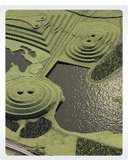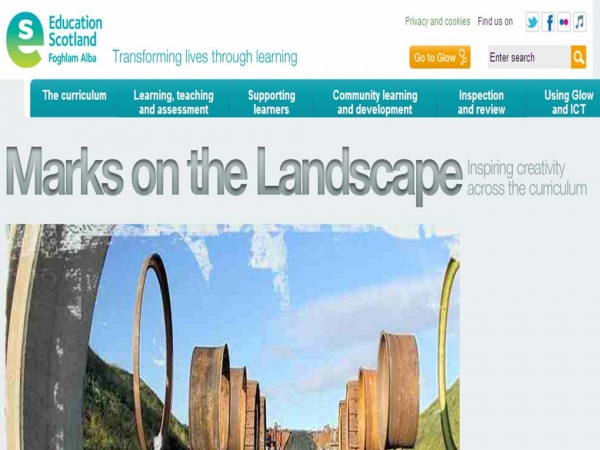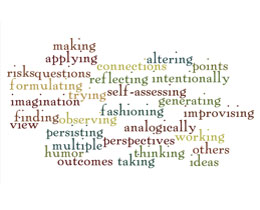 In 2003 the international artist Charles Jencks was commissioned by Scottish Resources Group to create a landform for a one-mile-square area of land that was previously a surface coalmine. The site, right beside the M9 motorway near to Junction 4 (Kelty) in mid-Fife, has the potential of becoming a major tourist attraction and improving the economy of the area. This ambitious land regeneration idea became the Fife Earth Project.
In 2003 the international artist Charles Jencks was commissioned by Scottish Resources Group to create a landform for a one-mile-square area of land that was previously a surface coalmine. The site, right beside the M9 motorway near to Junction 4 (Kelty) in mid-Fife, has the potential of becoming a major tourist attraction and improving the economy of the area. This ambitious land regeneration idea became the Fife Earth Project.
Charles Jencks based the design for the landform, called Scot Loch, on the Scottish Diaspora – the migration of Scottish people around the world – the story of immigration, emigration and influence.
 You can see two representations of Scotland – one is made by cutting the shape of Scotland to create a water feature and the other is a small Scotland-shaped island in the middle of water.
You can see two representations of Scotland – one is made by cutting the shape of Scotland to create a water feature and the other is a small Scotland-shaped island in the middle of water.
The Scotland shapes are surrounded by large mounds, which represent continents. Jencks has designed walkways from one continent to the next. The four main nations where Scots settled, Australia, New Zealand, Canada and the USA, are illustrated through twin peaks with tall towers. The places where the Scots had a strong influence, Japan, India, China and Africa are also illustrated through symbols on the remaining mounds.
 Work has now been completed on one of the mounds and the project is expected to be finished and open to the public in Spring of 2013 when the reclaimed land will offer opportunities for exploring the art forms and will provide a new large outdoor area for leisure pursuits.
Work has now been completed on one of the mounds and the project is expected to be finished and open to the public in Spring of 2013 when the reclaimed land will offer opportunities for exploring the art forms and will provide a new large outdoor area for leisure pursuits.
To take a virtual tour of The Scottish World Project please click here.
Contact:
SCOTTISH RESOURCES GROUP
CastlebridgeBusiness Park
Gartlove
Nr Alloa
Clackmannanshire
FK10 3PZ
General Enquiries: 01259 733800
Sales Enquiries: 01259 733888
Fax: 01259 733850
Email: info@scottishresourcesgroup.co.uk
Education Scotland has developed an interdisciplinary learning resource focusing on the Fife Earth Project.
‘Marks on the Landscape’ demonstrates possibilities for creative learning and teaching across the curriculum by raising questions, encouraging investigation and promoting challenges that will help young people to understand their capacity for creativity in all aspects of their lives, now and in the future.
The resource is designed for primary and secondary teachers. It provides background information on the project’s key themes and ideas and suggests how they can be incorporated into curriculum planning in Art and design, Social studies, Religious and Moral Education, Technologies and Sciences.
It also promotes learning through global citizenship and outdoor learning.
Although the Fife Earth project provides the initial context for learning, there is no need to visit the site and learners from all over Scotland will be motivated by this resource. By learning about Fife Earth young people will also be able to question their relationships with their own environments.
Who is it for?
Currently learners from second to fourth levels will gain most benefit, although the content can be modified for young people from other settings. Some materials, such as the design briefs and PowerPoint shows, can be used directly with young people or they can be adapted for purpose. The website will be further developed at a later stage to support learners of all ages.
What is available?
- Information on the Fife Earth Project
- Information and links to a number of curriculum areas and themes
- A series of design challenges
- Links to other support material and potential sources of interest
- A Glow group
What is coming next?
- Further information for curriculum areas e.g. social studies
- More design challenges
- Promotion of the resource to across Fife
- Promotion of the resource nationally






